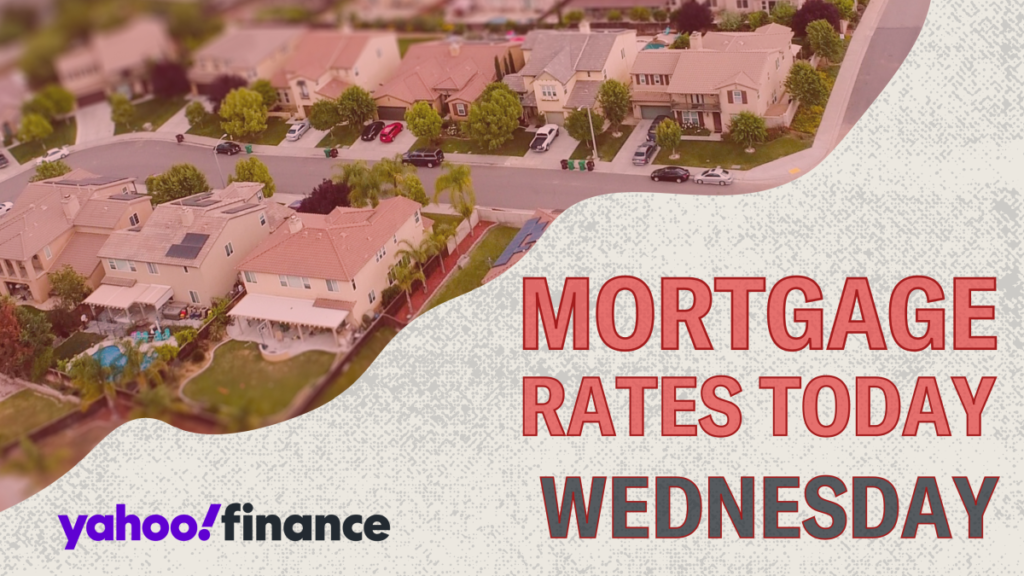On election day, mortgage rates showed only minor fluctuations, with the 30-year fixed mortgage rate rising slightly to 6.59%, while the 20-year rate decreased to 6.45%. The 15-year fixed mortgage rate increased to 5.90%. These incremental changes reflect the cautious sentiment in the mortgage market as stakeholders awaited the election results and the upcoming Federal Reserve announcement on modifications to the federal funds rate. This context for mortgage rates is crucial, as the political landscape and monetary policy can significantly influence market conditions affecting homebuying and refinancing decisions.
As of the latest Zillow data, the current mortgage rates in the U.S. are as follows: 30-year fixed at 6.59%, 20-year fixed at 6.45%, 15-year fixed at 5.90%, and for adjustable-rate mortgages (ARMs), the 5/1 ARM is at 6.55% and the 7/1 ARM at 6.74%. The VA loans are also noteworthy, with 30-year and 15-year fixed rates at 5.96% and 5.50%, respectively. When it comes to refinancing, the rates are slightly higher, with the 30-year fixed refinance rate at 6.61%. These figures represent national averages and are rounded, highlighting the importance of local market conditions on individual mortgage quotes.
For prospective homebuyers and those looking to refinance, Yahoo Finance offers a comprehensive mortgage calculator to help assess how different interest rates and terms will affect monthly payments. This tool accounts for factors such as homeowners insurance, property taxes, and PMI, providing a holistic view of potential financial commitments. Understanding these components is essential for borrowers to evaluate their mortgage options effectively and plan their budgets accordingly.
The appeal of a 30-year fixed mortgage lies primarily in the more manageable monthly payments it offers due to the extended repayment period. This mortgage type provides predictability, as borrowers are not affected by fluctuating market rates once locked in, making budgeting easier. However, the trade-off is a higher interest rate compared to shorter-term loans, which results in greater overall interest payments throughout the loan’s life. This aspect can significantly affect the long-term affordability of homes, especially when rates remain elevated.
In contrast, 15-year fixed mortgages offer lower interest rates, enabling borrowers to save significantly on interest payments while paying off their mortgages in half the time. However, the monthly payments for these loans are considerably higher, which may strain budgets for some borrowers. The choice between a 15-year and a 30-year mortgage ultimately comes down to individual financial situations, goals, and risk tolerance, with each option presenting its own set of advantages and drawbacks.
The current average mortgage rates indicate a broader trend of increasing costs in the housing market, reflecting economic uncertainties and financial considerations. While predictions suggest that mortgage rates may not see significant declines before late 2024, many experts anticipate more favorable rates in 2025. For homeowners looking to refinance, improving credit scores and managing debt-to-income ratios are crucial strategies for securing better terms. Ultimately, homeowners need to stay informed about market trends and thoughtfully assess their mortgage options in a constantly evolving landscape.

